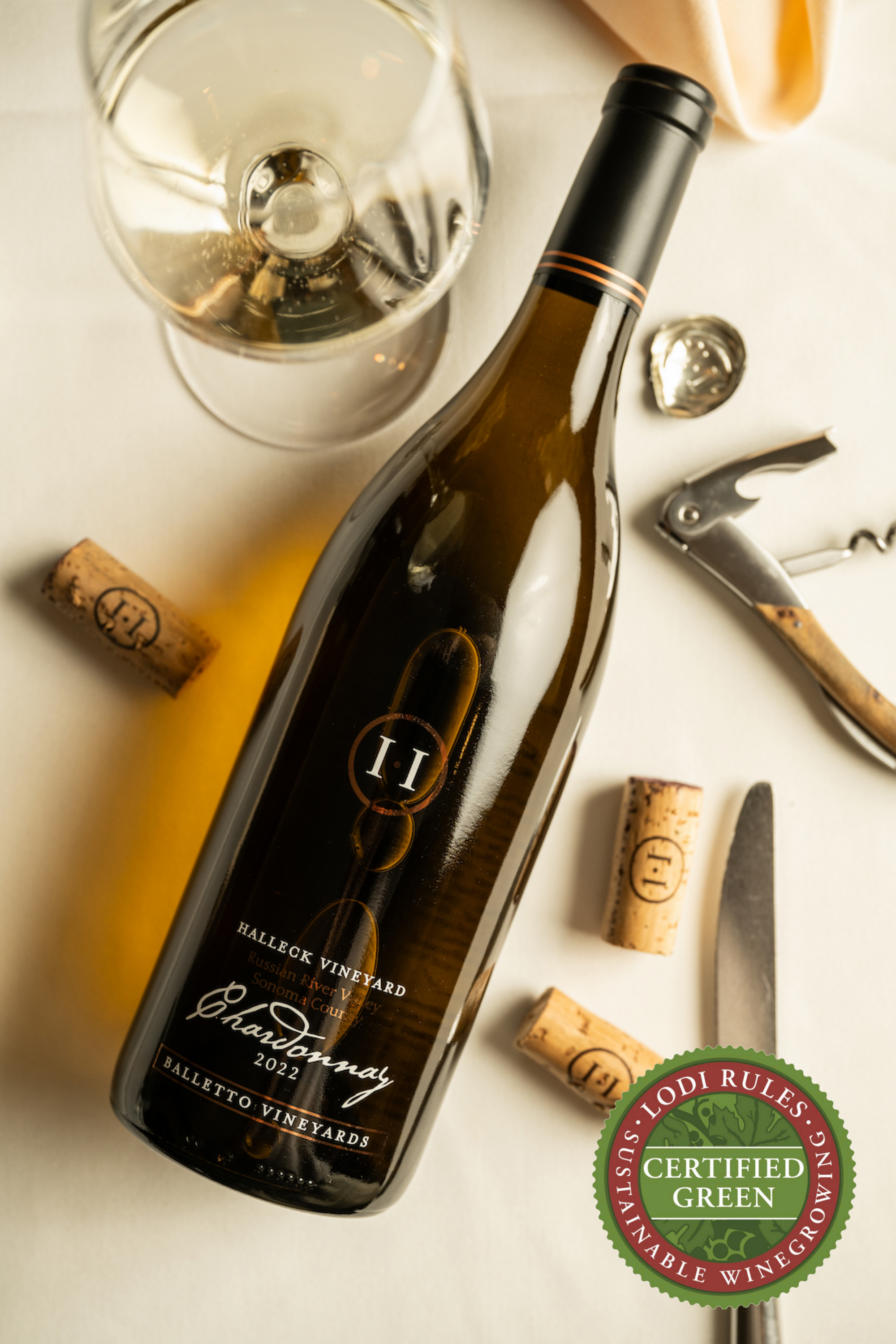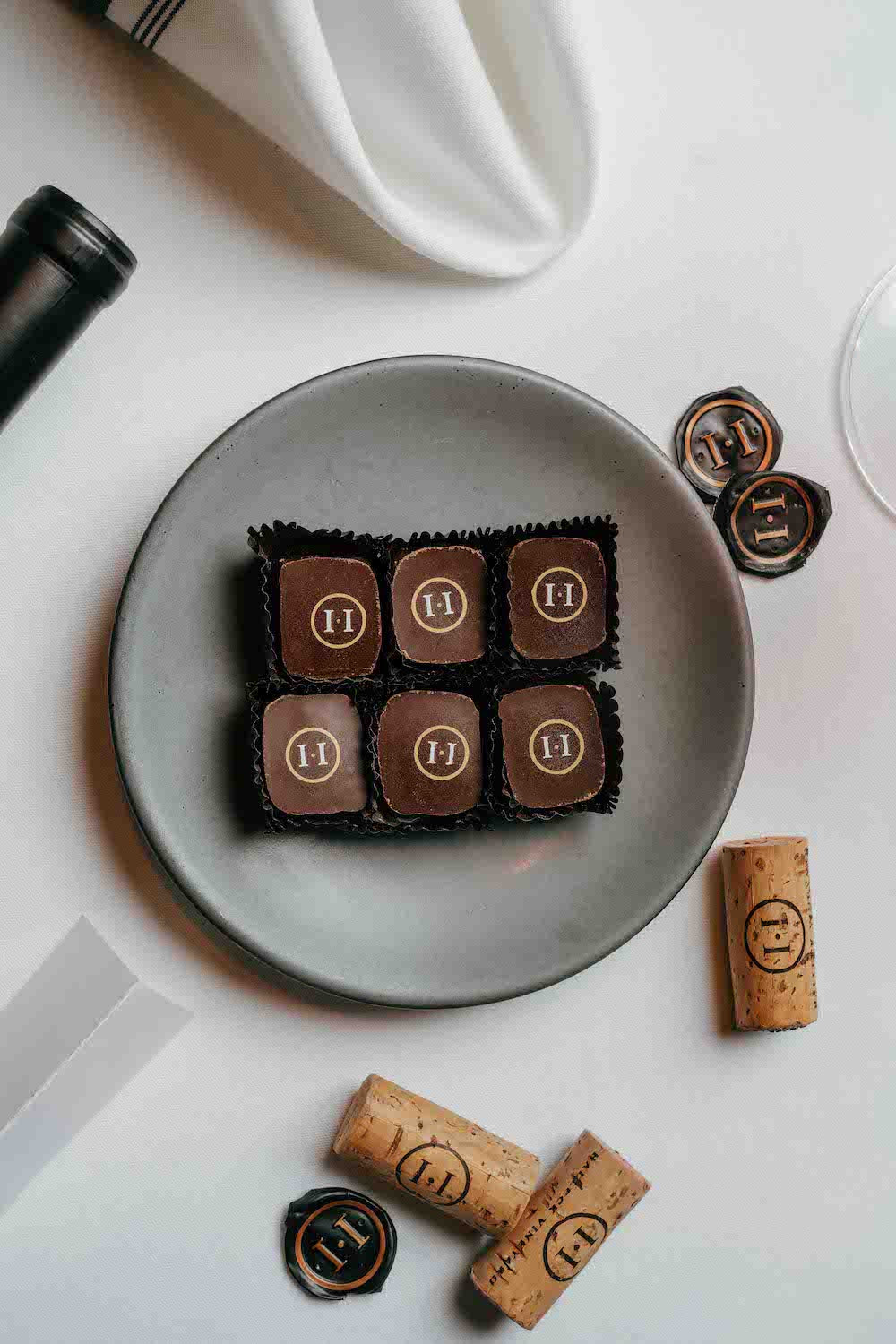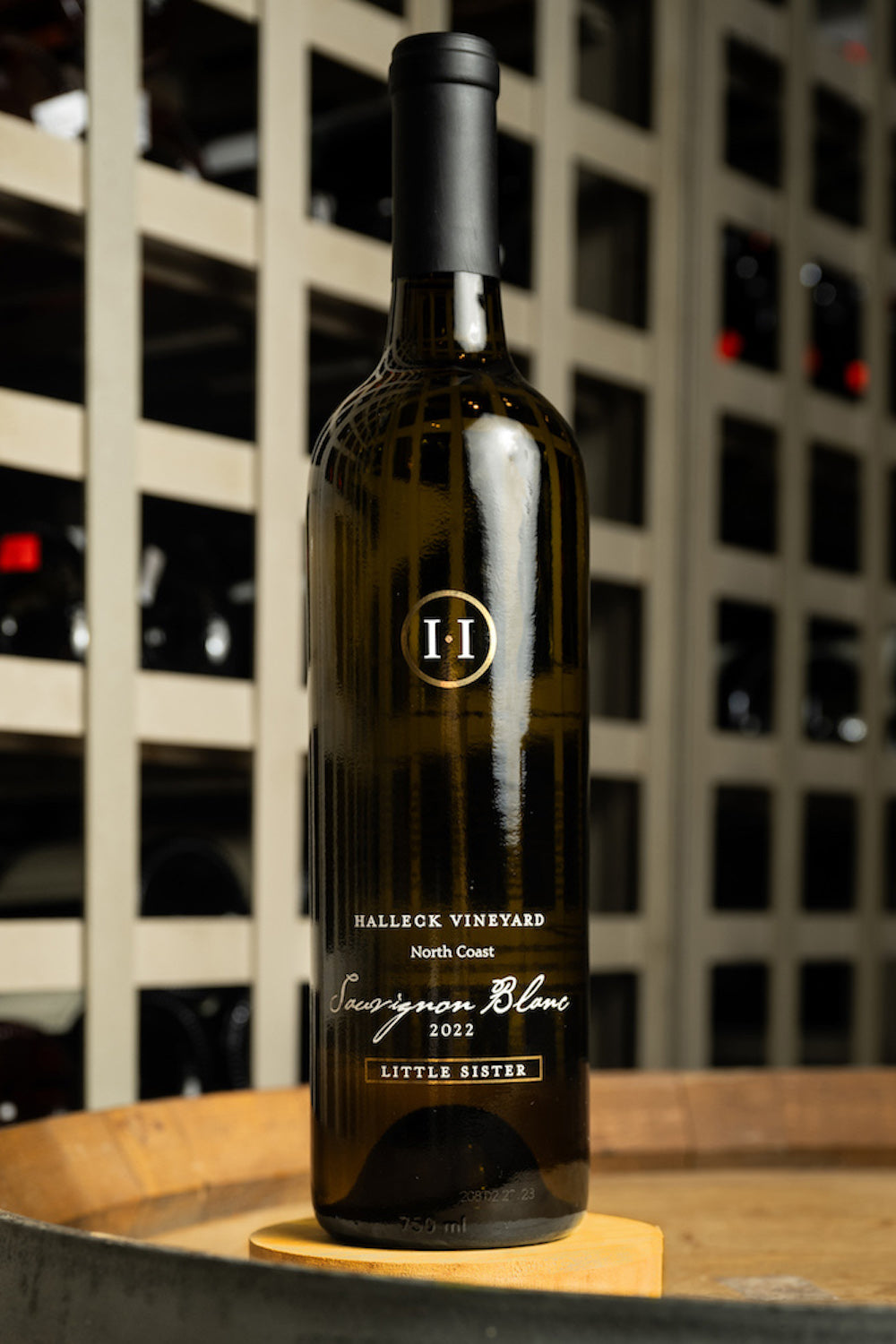Wineries With Locally Sourced Food Options - Vineyard Tasting Events In Sonoma County
Wineries With Locally Sourced Food Options - Vineyard Tasting Events In Sonoma County
Blog Article
Sonoma's Top Sparkling Wine Producers - Sonoma Wine Culture
Wine tasting is an art that requires practice and an understanding of assorted elements involved within the course of. One essential component of wine tasting is the development and interpretation of tasting notes, which serve as a guide for both novices and seasoned connoisseurs. A Guide To Understanding Winery Wine Tasting Notes can enhance your wine-tasting experience, making it more meaningful and enjoyable.
Tasting notes are concise descriptions that seize the essence of a wine’s flavors, aromas, and overall character. Often composed by professional tasters, winery tasting notes provide insights into the nuances of various wines. They might help wine enthusiasts perceive what to anticipate from a particular bottle. Nevertheless, tasting notes can range extensively in style and detail primarily based on the author's experience and palate.
Wineries Showcasing Local Art And Crafts - Finding Good Wineries For Wine Tasting
When you first approach a glass of wine, your senses will begin to interact right away. The sight, odor, and taste of the wine will converge to provide you a complete experience. Tasting notes typically begin with the visible assessment, the place the colour of the wine is taken under consideration. Color performs a big role in indicating the wine’s age, grape variety, and even its flavor profile.
After assessing the visible facet, the following step includes swirling the wine within the glass. This action aerates the wine, allowing its aromas to awaken. Smelling the wine offers important insight into its complexity. The preliminary sniff can deliver a flood of scents that will include fruity, floral, natural, or earthy notes. This is usually the most subjective part of tasting, as particular person experiences can dramatically differ.
In winery tasting notes, descriptors are often categorized into main, secondary, and tertiary aromas. Major aromas usually stem from the grape selection, secondary aromas derive from fermentation processes, and tertiary aromas come up from growing older. Understanding these classes can help you respect the depth of a wine, and so they also provide the vocabulary to specific your experience better.
Upcoming Wine Festivals In Sonoma County - Wine Tasting Activities In Sebastopol
Following the olfactory encounter, your focus will shift to the taste of the wine. This is the place the primary characteristics—sweetness, acidity, tannins, alcohol—come into play. Tasting notes often element these flavors in multiple dimensions, including the initial attack in your palate to the lingering finish in your tongue. A high-quality wine will present a harmonious balance between these components.
While tasting, it's essential to contemplate the physique of the wine, which can be described as light, medium, or full. The physique contributes significantly to your total impression, helping you consider how the wine pairs with food or whether or not it stands alone as a sipping wine. Balancing the body with the opposite characteristics will present you with a fuller understanding of what the wine has to offer.
The end of the wine, additionally known as the aftertaste, is one other important side typically included in tasting notes. A lengthy, nice end often signifies a better high quality wine, while a brief or cloying aftertaste could suggest otherwise. Evaluating the end can provide further perception into the wine's complexity and distinction.
Understanding the context of winery tasting notes is also valuable. Tasting notes can provide contextual information about the vineyard's location, local weather, and grape-growing practices. This context provides another layer of appreciation for the wine, permitting enthusiasts to connect the sensory experience with its origins, thus enhancing the enjoyment further.
Wineries Near Santa Rosa - Sebastopol Winery Experience
Many wineries provide tasting notes on their web sites or labels, often written in an approachable but informative style. Nevertheless, not all winery tasting notes are created equal. Some may be overly technical, whereas others would possibly prioritize advertising flair over insightful evaluation. Studying to navigate these notes can arm you with the information to make informed choices when deciding on wines.
Collaborating in tastings at wineries can also deepen your understanding of wine tasting notes. Interacting with knowledgeable workers may give you a more hands-on method to exploring totally different wines and the language used to describe them. Quaint Wineries In Picturesque Settings In Sebastopol. You May have the chance to ask questions, interact in discussions, and potentially refine your palate in actual time.
Experimentation is important for mastering wine tasting notes. As you sample different wines, strive making your personal notes. Focus on describing the wine’s colour, aroma, taste, and end. Over time, you’ll develop a personal vocabulary that resonates with your sensory experiences. Every note you create will help refine your palate, allowing you to understand look at these guys wines at a deeper degree.
Wineries With Outdoor Seating - Wine Tasting Experiences In Sonoma Valley
In conclusion, a Guide To Understanding Winery Wine Tasting Notes presents a comprehensive framework for diving into the world of wines. It equips you with the strategies and language necessary to articulate your experiences. Whether you are a casual drinker or a dedicated aficionado, understanding and utilizing tasting notes can profoundly impact your wine journey. This knowledge not only enhances your enjoyment but also connects you deeply with the rich narratives every bottle tells. By embracing this journey, you turn into a part of the beautiful mosaic of wine tradition, the place each sip unveils a model new story ready to be discovered.
- Wine tasting notes sometimes encompass quite lots of sensory descriptions, including aroma, flavor, acidity, body, and end, permitting tasters to completely respect the wine's characteristics.
- To enhance your understanding, familiarize your self with common wine terminology similar to "tannins," "oakiness," or "terroir," which may help decipher the notes extra successfully.
- A systematic strategy to tasting involves first visually assessing the wine's colour and clarity, followed by swirling to launch aromas, then inhaling and describing what you experience.
- Taking notes during tasting might help identify patterns over time, bettering your palate and making it simpler to recall preferences for future alternatives.
- Don't overlook the affect of food pairings; tasting notes can differ greatly when a wine is loved with complementary flavors, altering notion and enjoyment.
- Pay consideration to the wine’s vintage, as weather conditions in a given yr can significantly affect the ultimate product, including another layer to the tasting notes.
- Contemplate the winemaker's style and philosophy, which may form the wine's profile and impression how its notes evolve with each sip.
- Working Towards with totally different grape varieties can broaden your vocabulary; each type brings distinctive traits that may enhance your capability to articulate tasting notes effectively.
- Partaking with wine professionals or attending tasting events can present useful insights, offering a richer context for understanding personal tasting notes.
- Keep In Mind that tasting is subjective; individual preferences and experiences will form one’s interpretation of the same wine, enriching the general enjoyment of wine exploration.
What are wine tasting notes?
Wine tasting notes are descriptive feedback made by tasters in regards to the appearance, aroma, taste, and finish of a wine. They provide an overview of the wine's characteristics and may help shoppers understand the style and quality of the wine.
Wineries Pairing Wine With Chocolate - A Visit To Sebastopol Wineries
Why are tasting notes necessary when selecting wine?
Tasting notes can guide you in choosing a wine that fits your palate. They present insights into flavors and aromas, serving to you to match wines with food or occasions. Understanding these notes enhances your total wine experience.
How ought to I read wine tasting notes?
(Wineries Known For Their Hospitality)
Wineries Hosting Seasonal Events - Sonoma's Best Vineyards

When studying wine tasting notes, take note of the structure: look for descriptions of shade, aroma, flavor, and finish. This will assist you to grasp the wine's profile and decide if it aligns together with your preferences.
What terms commonly appear in wine tasting notes?
Common terms embody "tannin" (the structure), "acidity" (the crispness), "body" (the weight), and numerous flavor descriptors like "fruity," "earthy," or "spicy." Familiarizing your self with these terms can deepen your understanding of wine.
Wineries Focusing On Single Vineyard Wines - Family-Owned Wineries In Sonoma

Am I Able To create my very own tasting notes?
Yes! Writing your individual tasting notes can improve your wine tasting experience. Focus in your observations of style, aroma, and other sensory characteristics. This personal practice can help you refine your palate over time.
How do I identify the aromas in wine tasting notes?
Affordable Wine Tastings In Sonoma County - Unforgettable Wine Tastings In Sonoma
To establish aromas, practice smelling quite a lot of scents and associating them with wines. Swirl the wine in your glass to release its aromas, then take a moment to breathe in deeply before identifying any outstanding scents.

What is the distinction between professional and personal wine tasting notes?
Professional tasting notes might use extra technical language and specific terminology, while personal tasting notes are subjective and replicate individual experiences. Both are priceless for understanding and having fun with wine, but personal notes might resonate extra with your unique tastes.
How can tasting notes enhance my wine appreciation?
Wineries Known For Sustainable Practices In Sonoma - Discovering Sebastopol's Wineries
Tasting notes can improve your appreciation by serving to you to grasp and articulate the complexities of wine. They encourage conscious tasting and supply her response a framework for comparing totally different wines, resulting in a richer enjoyment of the beverage.
Are there any apps or tools to help with wine tasting notes?
Yes, there are several apps designed to assist customers document and arrange their tasting notes. These tools often offer options like flavor wheel guides and wine database searches, making it simpler to trace your journey via totally different wines. Report this page